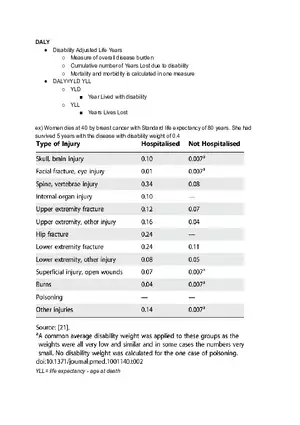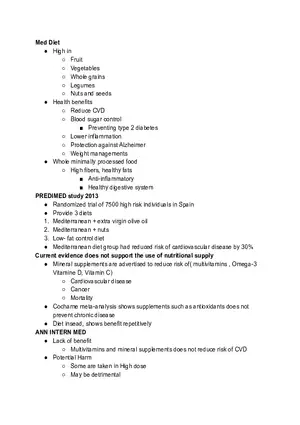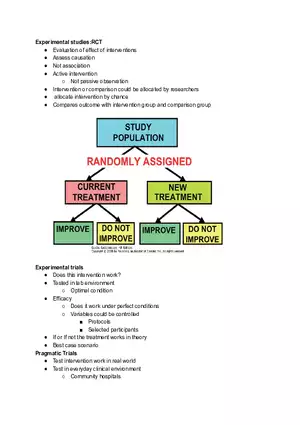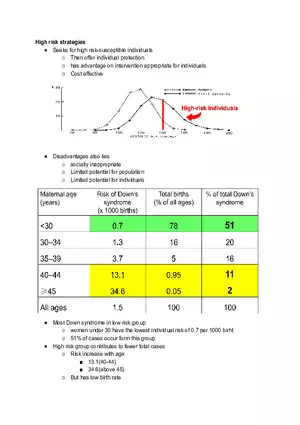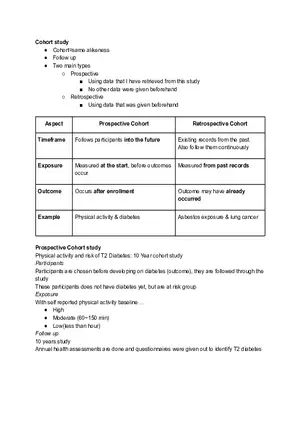Assignment
Diabetes in India
-
University:
The University Of Western Ontario -
Course:
Epidemiology 9515B | Epidemiology of Major Diseases Academic year:
2025
-
Views:
107
Pages:
2
Author:
Kyuwon J.
Related Documents
Report
Tell us what’s wrong with it:
Thanks, got it!
We will moderate it soon!
Report
Tell us what’s wrong with it:
Free up your schedule!
Our EduBirdie Experts Are Here for You 24/7! Just fill out a form and let us know how we can assist you.
Take 5 seconds to unlock
Enter your email below and get instant access to your document


